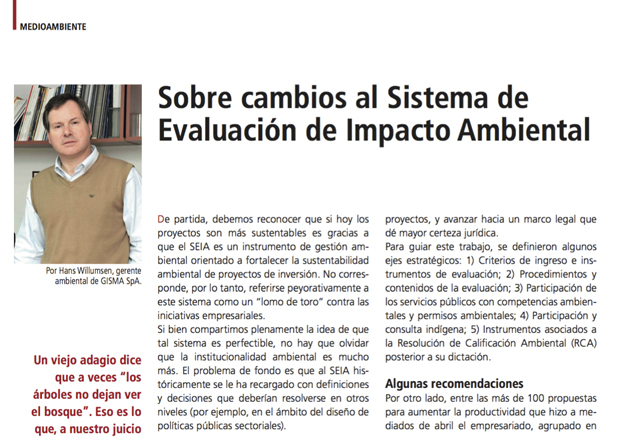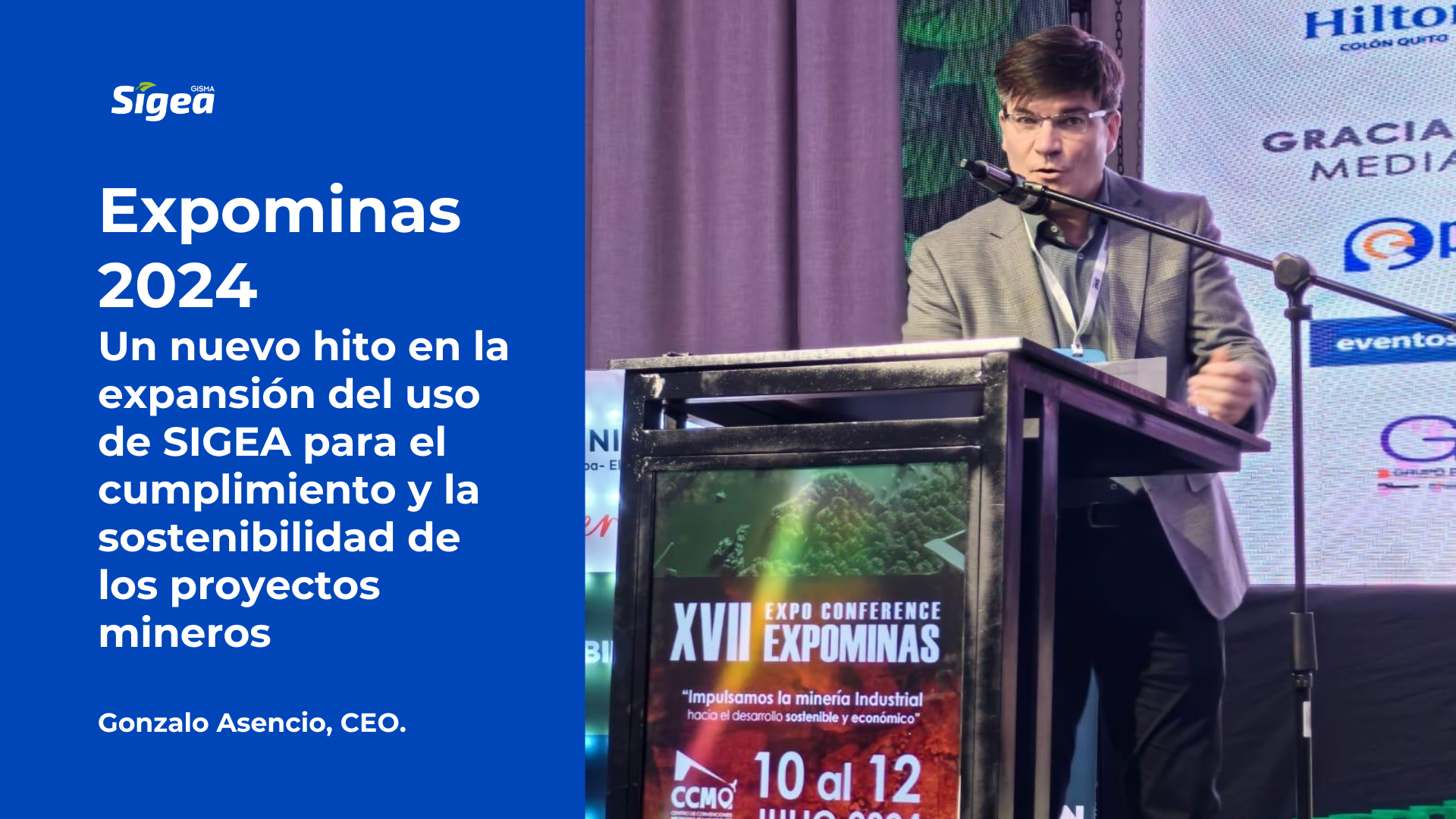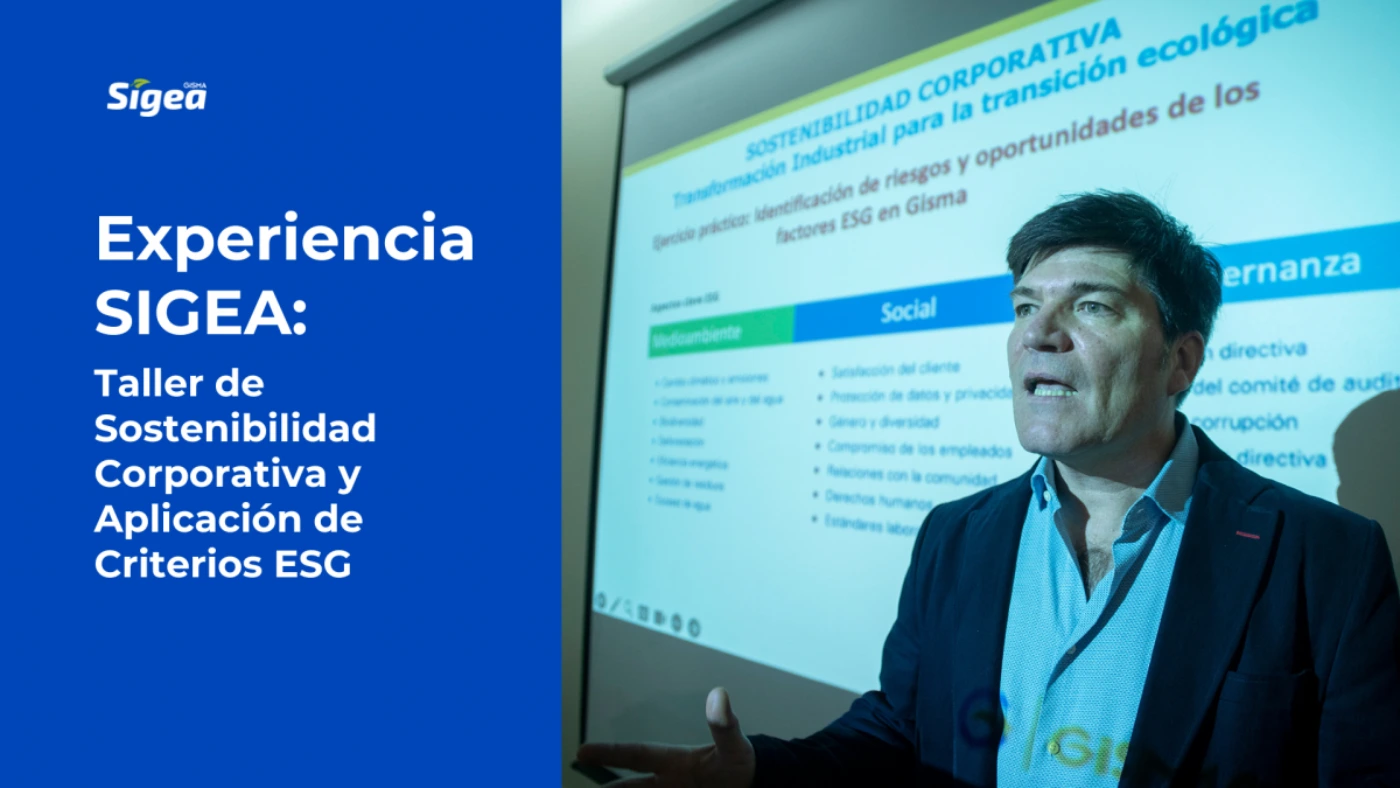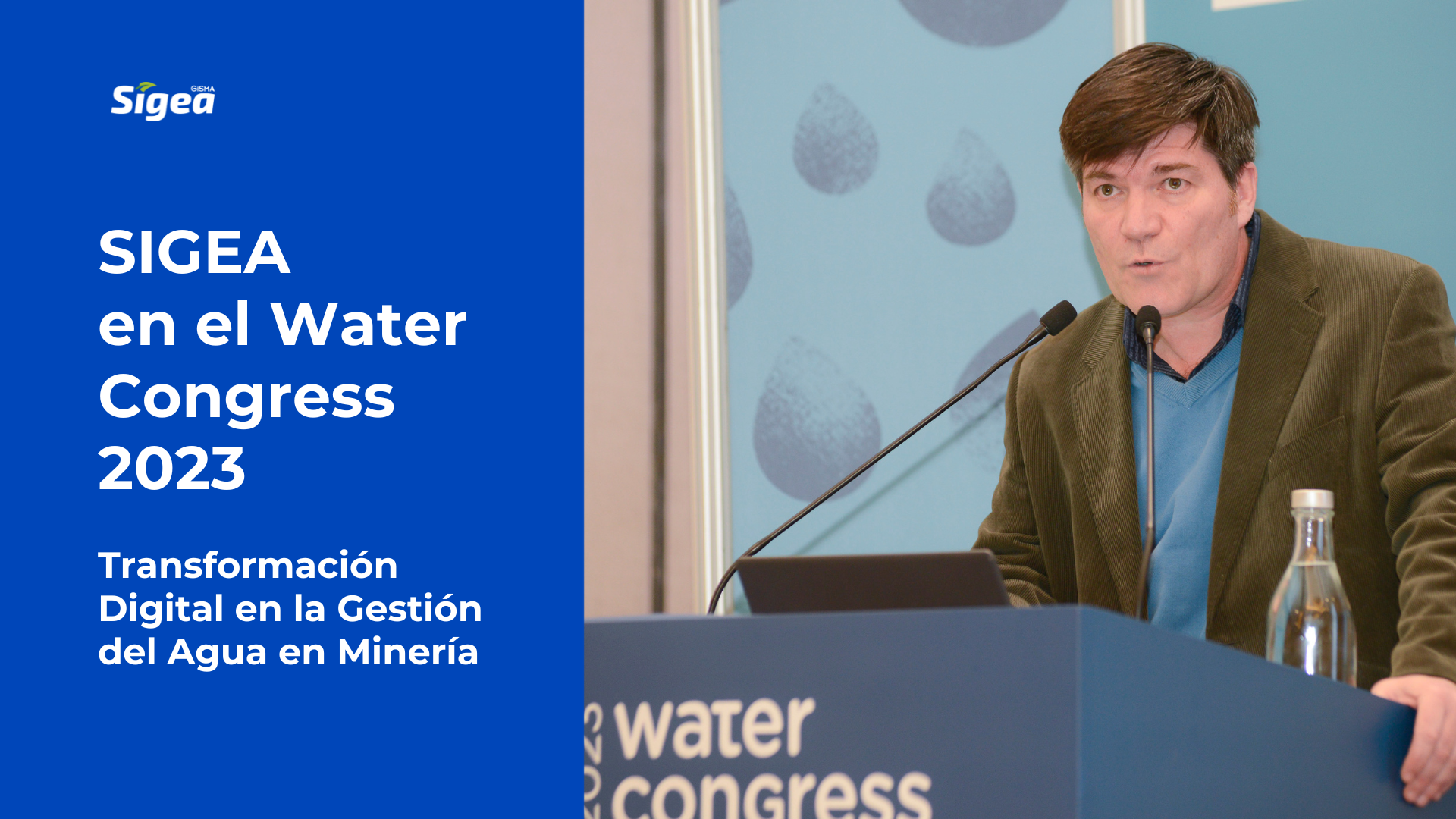From the outset, we must recognize that if today’s projects are more sustainable, it is thanks to the SEIA as an environmental management instrument aimed at strengthening the environmental sustainability of investment projects. It is not appropriate, therefore, to refer pejoratively to this system as a “bull’s back” against entrepreneurial initiatives.
Although we fully share the idea that such a system can be improved, we must not forget that environmental institutions are much more. The underlying problem is that the SEIA has historically been burdened with definitions and decisions that should be resolved at other levels (for example, in the area of sectoral public policy design).
An old adage says that sometimes “the trees don’t let you see the forest”. This is what, in our opinion as an environmental consultant with vast experience in the public and private sectors, we have seen all too often when discussing the Environmental Impact Assessment System (SEIA).
Improving environmental management
We believe it is positive for our country that we do not go backwards in environmental matters with respect to what we have already achieved, but we can make an effort to streamline the procedures, to objectify what today seems too discretional, understanding of course that, within the environmental institutional framework, the SEIA is a very important tool, but not the only one. Therefore, we are convinced that environmental management and other existing environmental instruments in the country must be strengthened. President Bachelet will soon receive the final report of the ad hoc advisory commission that was convened to evaluate changes to the Environmental Impact Assessment System (SEIA), headed by the Minister of the Environment, Pablo Badenier, with the participation of authorities, business representatives and representatives of social and professional environmental organizations.
This body was created with three main objectives in mind: to strengthen the powers of the Environmental Assessment Service (SEA), to generate conditions for early citizen participation that will give social legitimacy to the environmental assessments and to promote the development of a more effective and efficient
projects, and to advance towards a legal framework that provides greater legal certainty.To guide this work, some strategic axes were defined: 1) Entry criteria and evaluation instruments; 2) Procedures and contents of the evaluation; 3) Participation of public services with environmental competencies and environmental permits; 4) Indigenous participation and consultation; 5) Instruments associated with the Environmental Qualification Resolution (RCA) after its issuance.
Some recommendations
On the other hand, among the more than 100 proposals to increase productivity made in mid-April by the business community, grouped in the Confederation of Production and Commerce (CPC), suggestions for improving this instrument are explicitly mentioned.
Among the recommendations that in our opinion point in the right direction are the strengthening of the Environmental Evaluation Service (SEA), with all the technical and strategic capabilities aimed at making the environmental evaluation procedure as efficient as possible.
In addition, we agree that the SEA should be empowered, regionally and nationally, in the background of the environmental assessment, in order to have enough strength to filter or not applications and/or sectorial pronouncements that do not contribute directly to the environmental resolution process of a project. Environmental assessment is just that: a verification process where it is not necessary to emphasize the scientific review of baselines.
Incidentally, there are also conditions established in the Law under review, such as the expiration of the Environmental Qualification Resolution (RCA) of a project after more than 5 years have elapsed without starting the execution of the project or activity. In this regard, we believe that this situation should not necessarily be related to a specific number of years, but rather to the change in the real and objective environmental conditions that occur in the evaluation of initiatives.
Indigenous Consultation
The location of projects throughout the territory must also contemplate the Indigenous Consultation, in accordance with the international agreement 169 of the ILO, signed by Chile. However, we believe that this should not be a procedure within the SEIA, but should be resolved by the competent authority, due to the expertise required for such consultation.
However, a fundamental situation that is worth expressing is that, regardless of where the procedure is initiated, what is important is that it be clear, expeditious and provide legal certainty to all the sectors involved.
Other instruments and public policies
The SEIA should move towards an objective, less discretionary and more structured system for the verification of environmental considerations and compliance of projects. For this to happen, the development of emission and environmental quality standards, which are lacking mainly in the water and atmospheric areas (among others), as well as the Prevention and Decontamination Plans, must continue to be developed more quickly.
It must be kept in mind that the SEIA is an instrument that has objectives and limits, and among them is that it cannot take charge of problems that are not solved by strategic instruments whose genesis must be prior to the evaluation. Such is the case of the public policies that the State must promote. An example of this is the observations and conflicts generated in the evaluation of energy projects, every time a particular project (for example, hydroelectric) is asked to resolve definitions regarding the energy matrix that the country should promote. This is clearly a prior definition of public policy.
Consequently, history shows us the virtues that the SEIA has had. However, even in emblematic projects, some cracks have been revealed in its management. But we cannot claim that the solution to all of this is the responsibility of a single environmental management instrument. The environmental integrity requires the articulation of other instruments and procedures defined in the law. In short, environmental institutions must provide certainty to all stakeholders: investors, citizens and government agencies.
See note in the magazine: http://www.emb.cl/hsec/articulo.mvc?xid=921&srch=hans%20willumsen&act=4&tip=7




